TRENDING
Mighty Military Vehicles in the World Today
Published
2 years agoon
The U.S. military budget for vehicles in 2021 was approximately $23.7 billion, which includes funding for a variety of ground, air, and sea vehicles such as tanks, armored vehicles, fighter jets, helicopters, and ships. However, it’s important to note that this figure can vary from year to year based on a particular country’s military needs and political priorities.
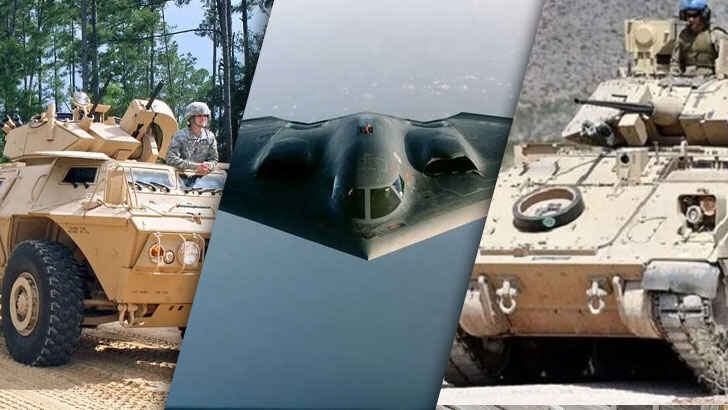
Around the world, militaries have been advancing technology and continuously upgrading old models of classic vehicles. Some of the most advanced and specialized military vehicles, such as the F-35 Joint Strike Fighter or the Virginia-class submarine, can cost tens of billions of dollars to develop and build. Here are many examples of the most specialized military vehicles in the world.
Buffalo Clearance Vehicle

The Buffalo Clearance Vehicle is a highly prized asset in the military vault, boasting a length of 27 feet and a weight of 76,000 pounds. As a mine-protected route clearance vehicle (MPCV), it is designed to operate in hazardous environments and can reach speeds of up to 55 miles per hour. Equipped with a 30-foot robotic arm and advanced camera and sensory devices, this vehicle is instrumental in identifying and avoiding dangerous routes during clearance operations.
Black Knight Transformer
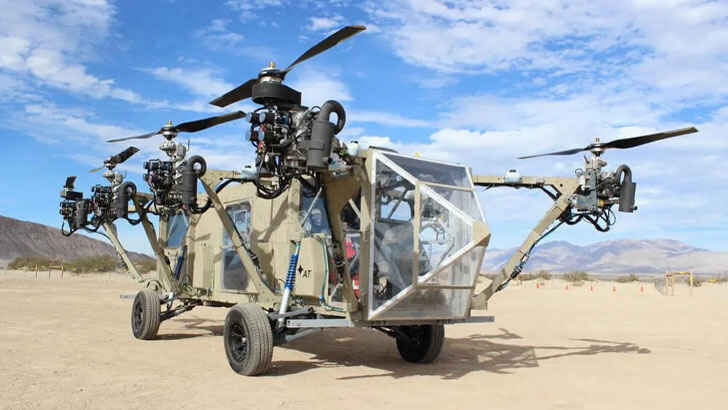
If tearing through a desert at 70 miles per hour isn’t quite exciting enough for you, then the Black Knight Transformer might just be your thing. This unique vehicle is a hybrid of a helicopter and truck, capable of soaring to heights of up to 10,000 feet. Although its initial concept was introduced in 2012, the vehicle has undergone extensive development since then. If you’re the type who would rather fly than drive, the Black Knight Transformer may be the perfect choice for you.
Airbus Beluga

The Airbus A300-600ST, also known as the Beluga, is a wide-body airliner that has been specially modified to transport oversized cargo and aircraft components. With an impressive capacity of 54 tons, the Beluga is capable of carrying much larger loads than most aircraft, earning it the nickname “Super Transporter.” However, many people affectionately refer to it as the “Beluga” due to its uncanny resemblance to the distinctive white whale of the same name.
NASA Super Guppy

Aero Spacelines’ inaugural aircraft, the Super Guppy, was specifically designed for cargo transport and served as the successor to the Pregnant Guppy. Though the Airbus Beluga has since superseded the Super Guppy, a number of these venerable cargo planes continue to be operational. Over the years, five different Guppy variants have been produced, each bearing the “Super Guppy” moniker in reference to its size.
M109A7 Tank
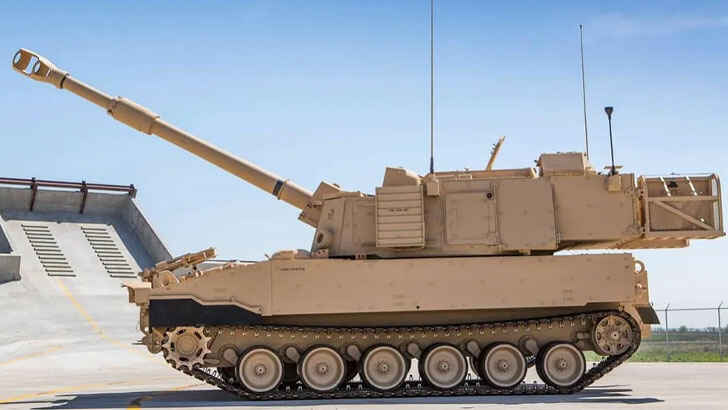
For many years, the US Army Armored Brigade Combat Team (ABCT) relied on the M109A6 Paladin for artillery support. However, in order to keep pace with evolving military requirements, the Paladin was in need of a significant upgrade. In response, BAE Systems undertook a modernization effort, resulting in the M109A7. This updated version boasts improved technology, a more combat-effective design, and a redesigned chassis. Additionally, the upgrade includes a new digital suite that enhances the Paladin’s ease of use in combat situations.
AAV7
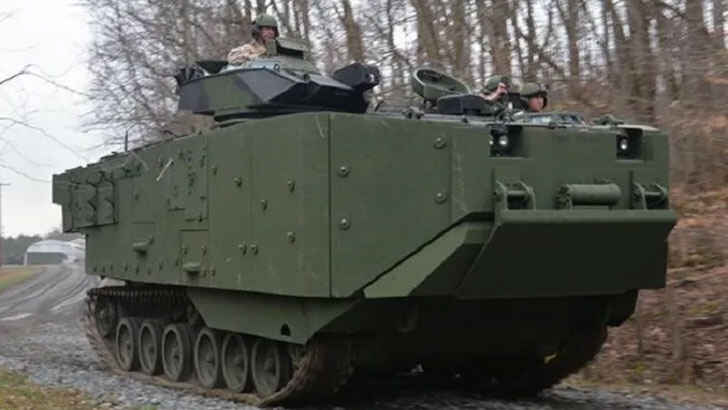
The AAV7 is a formidable assault vehicle that excels in marine operations, but also boasts impressive capabilities on land. With a capacity of up to 25 soldiers, the AAV7 requires a crew of three to operate. In aquatic environments, this amphibious vehicle can reach speeds of up to 20 miles per hour, while on land it has a range of 300 miles per hour. Additionally, the AAV7 is equipped with a powerful 25mm Bushmaster cannon and a 40mm grenade launcher, making it a versatile and deadly force to be reckoned with.
P-19R Aircraft Firefighter
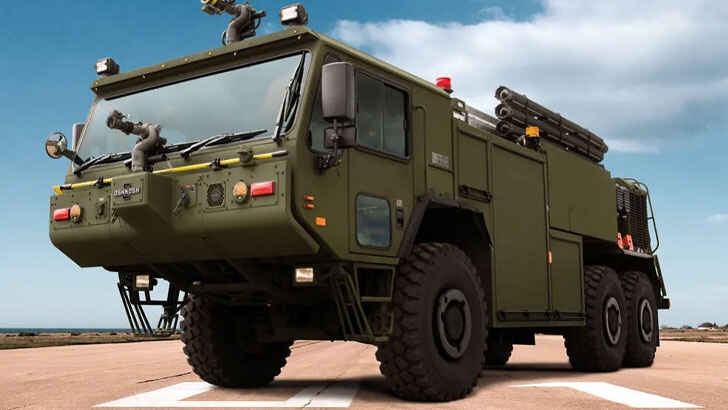
The P-19R Aircraft Firefighter is the military’s vehicle of choice for rescue missions, thanks to its impressive capabilities. With a capacity of 130 gallons of foam agent and 1,000 gallons of water, this super-powered vehicle is uniquely equipped to tackle a range of firefighting scenarios. Despite the already impressive specs, Oshkosh Defense developed a next-generation version in 2016, further enhancing the P-19R’s capabilities. In particular, this vehicle is ideal for rescue missions in enemy territory when time is of the essence and aircraft need to be rescued.
Humvee
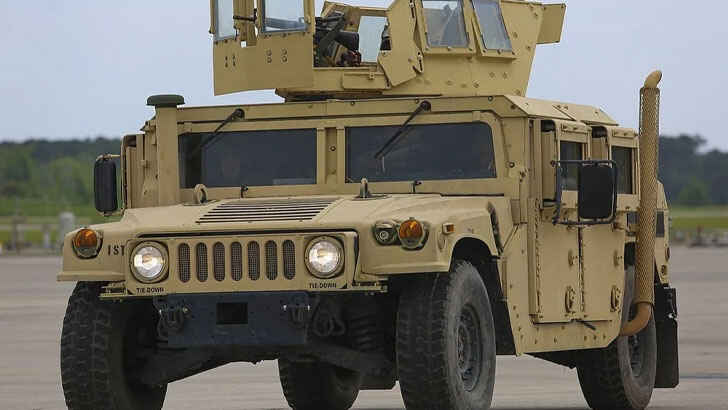
No list of top military vehicles would be complete without the inclusion of the Humvee. This iconic vehicle has been a mainstay in military operations for decades and was even sold as a consumer vehicle for a time. Of course, the civilian version of the Humvee was significantly different from its military counterpart, which boasted protective armor, weaponry, and a powerful 6.5-liter diesel engine. Additionally, the military Humvee was equipped with a four-wheel drive system to handle any terrain with ease.
Autonomous Terramax

Upon its initial release, the Autonomous Terramax did not receive much attention, as Google’s self-driving car was taking the spotlight. Nevertheless, Oshkosh persevered in creating a vehicle that could protect soldiers during overseas missions. The vehicle’s design is clearly geared towards minimizing the risks faced by soldiers on the frontlines. While the vehicle is effective, there is still room for improvement and further upgrades.
QinetiQ Raider
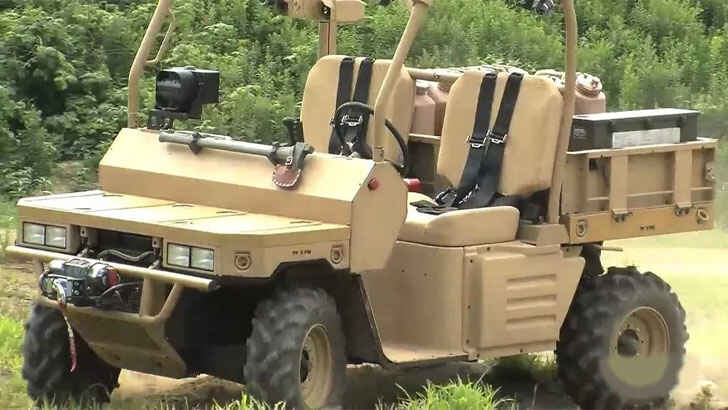
At first glance, the QinetiQ Raider may not reveal many of its impressive capabilities. However, this versatile vehicle can be remotely controlled from a distance of up to 1000 yards. Its primary purpose is to detect and eliminate improvised explosive devices (IEDs) and provide protection to soldiers in dangerous situations. The design of the Raider 1 was modeled after the Polaris MVRS700 and features specialized clearance tools and engineering support for evacuations.
M9 Armored Combat Earthmover

The Armored Combat Earthmover (ACE) is a force to be reckoned with, and it has become a staple in the military due to its reputation. This versatile vehicle can clear river banks, demolish obstacles, provide cover for allied soldiers, and protect soldiers while constructing and demolishing walls. Its capabilities make it an indispensable asset to have in the military arsenal.
M142 HIMARS

The M142 High Mobility Artillery Rocket System (HIMARS) is a unique rocket launcher that is mounted on wheels. With its mobility, this rocket launcher can fire six M270 rockets over a range of 186 miles, or one MGM-140 ATACMS missile. What’s more, the HIMARS can travel at a speed of over 50 miles per hour and has a maximum range of 300 miles. The HIMARS was developed by Lockheed Martin and is a valuable asset to the military.
CAMEL MRAP
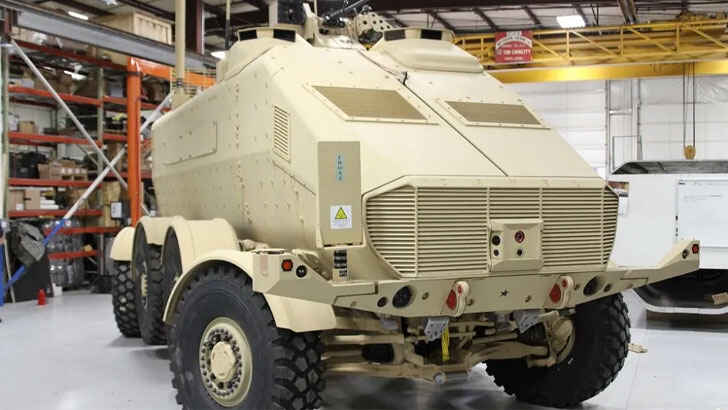
The Detroit Arsenal’s 8×8 concept vehicle, known as the Concept for Advanced Military Explosion Mitigating Land Vehicle or CAMEL, represents the future of military vehicles designed to withstand explosions. This vehicle is equipped with cutting-edge technology that addresses the vulnerabilities identified during recent campaigns. The CAMEL features a v-shaped base, which provides a safer means of defense against the inevitable threat of IEDs.
M88A2 Hercules
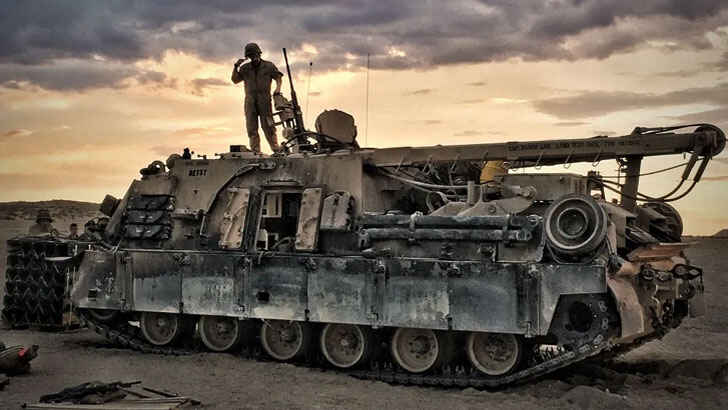
The M88A2 is a military vehicle known for its unparalleled strength and has been used in several high-profile campaigns. With a weight of 35 tons and a constant pull ability of 70 tons, this vehicle was built for heavy-duty tasks. Its engine boasts a capacity of 1,050 horsepower, enabling it to reach speeds of up to 30 miles per hour. Notably, the M88A2 was used to bring down the statue of a foreign dictator.
Cougar MRAP

The Cougar is a mine-resistant, ambush-protected military vehicle and the 6×6 model is the top of the line. It is designed to withstand rocket-launched grenade fire, and comes with an automatic grenade launcher. The 6×6 Cougar is equipped with a C-7 diesel engine that can deliver up to 350 horsepower and 860 pounds of torque. With a large fuel capacity, the Cougar has an impressive range of 600 miles.
LVSR Wrecker
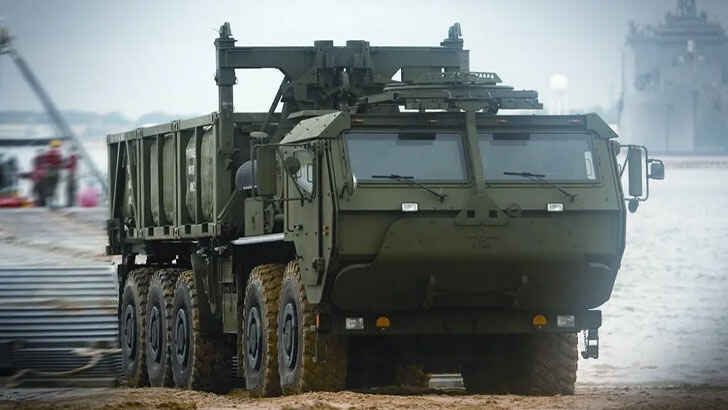
The LVSR MKR15 is a 10×10 support vehicle that is highly preferred by marines. Although some may believe that this vehicle is solely used for removing debris, its actual function is quite different. The LVSR Wrecker is primarily used for rescue missions, specifically to pull out vehicles that are stuck in various terrains such as sand, snow, and mud. With the ability to pull up to 96,000 pounds, this vehicle is a reliable choice for any mission.
M1A2
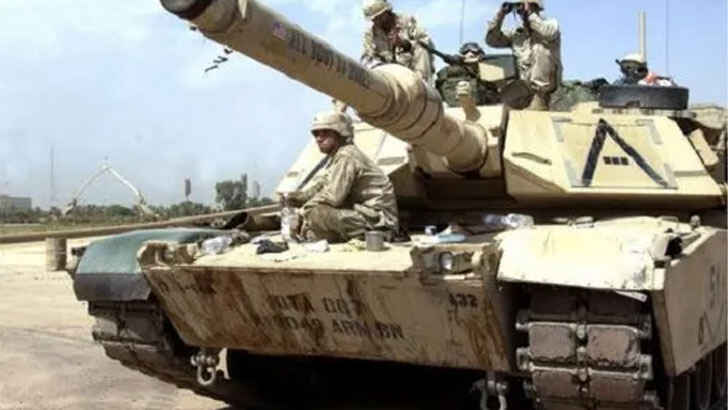
The development of a military tank is a meticulous process that involves building, testing, and approving the design. During the 1980s, the introduction of the M1A1 tank was considered a major milestone in military technology. However, the M1A2 soon replaced it as a superior tank. While the M1A2 shares the same frame as the M1A1, it features armor made of depleted uranium, which provides better protection.
Global HET

When it comes to transporting tanks over long distances, not all tanks have a gas tank that is sufficient for long-range travel. In such cases, the military uses the Global Heavy Equipment Transporter. This heavy-duty vehicle has 700 horsepower and is equipped with a Caterpillar C18 engine. Its payload capacity is up to 72 tons, making it capable of transporting assault tanks to distant areas.
Northrop Grumman B-2 Spirit
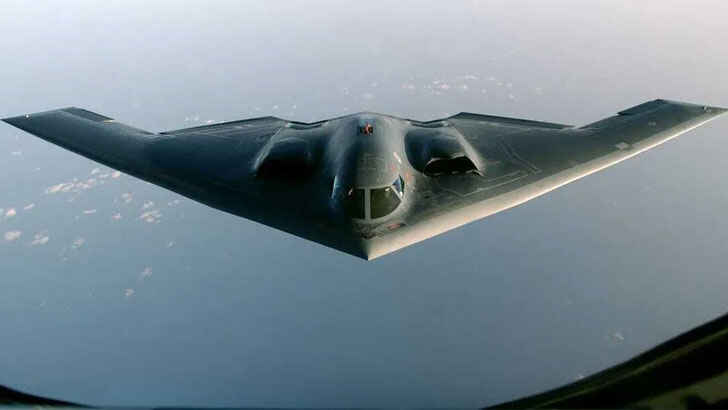
The B-2 Spirit bomber is an aircraft with a stealth-bomber design that makes it highly difficult to detect with radar. It is considered the most expensive and technologically advanced military aircraft in existence today, with a price tag of around $2 billion per unit.
M2 Bradley
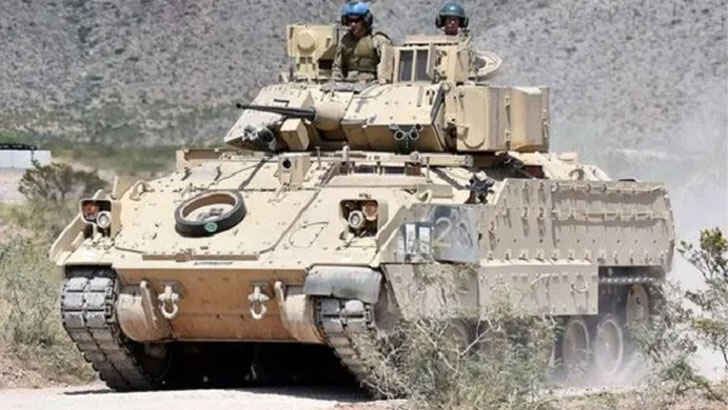
The M2 Bradley is a combat vehicle that can be considered a tank in every aspect. It can reach speeds of up to 35 miles per hour and can transport up to ten soldiers at once. With its armor-piercing missiles, 22mm Bushmaster cannon, and 600-horsepower engine, the Bradley is a formidable force on the battlefield. Additionally, it can also be utilized for rescue missions, making it a versatile vehicle.
M1 Shredder
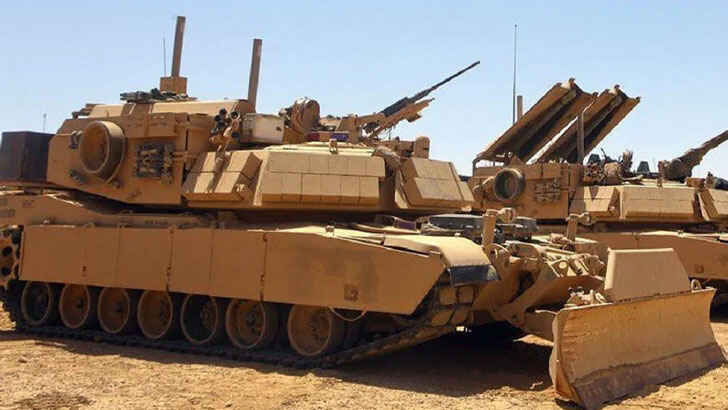
The M1 Shredder, a heavy-duty tank designed to replace the M1 Grizzly, was adopted by the Army and Marines. Although it looks like a weapon, its primary function is to clear the path for other units and vehicles. Equipped with grenades, the M1 Shredder can push through debris or vehicles in its way.
M1117 Guardian
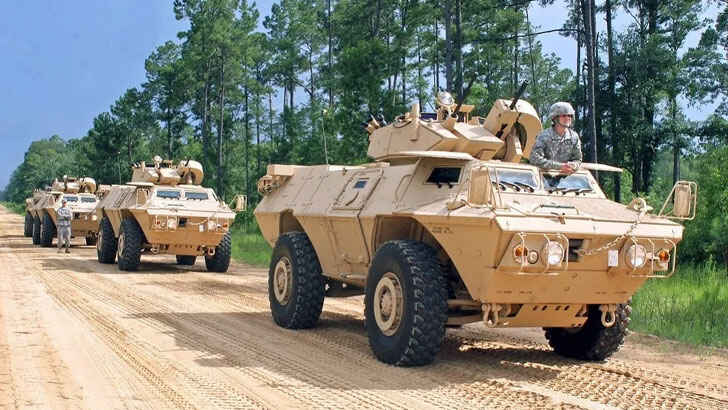
When it comes to military vehicles, power consumption is often a more critical consideration than speed. However, the M1117 breaks with convention, as it is capable of reaching speeds of up to 70 miles per hour. This is a significant improvement over most large military tanks, which typically have a top speed of 25 to 45 miles per hour.
Stryker Combat Vehicle

The Stryker Combat Vehicle is a crucial transportation vehicle in the military. When troops need to be relocated to different areas, they require a vehicle that can provide adequate protection. The Stryker is an eight-wheeled vehicle that is resistant to various types of weapons fire, making it an excellent choice for this task. In 2016, anti-tank guided missiles were added to enhance its defensive capabilities even further.
Lockheed C-5 Galaxy
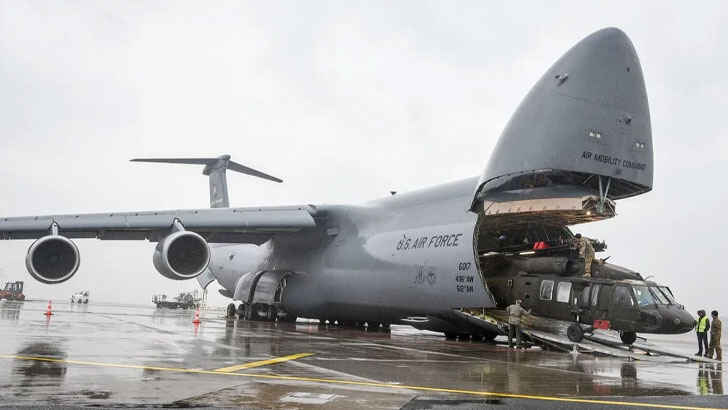
The C-5 Galaxy is a military transport aircraft that is specifically designed to carry oversized loads. It is one of the largest aircraft in the military, and its construction costs are incredibly high. The cheapest C-5 Galaxy model currently available costs $100.37 million, while the most expensive one can cost up to $224.29 million. Despite being introduced in the 1970s, the C-5 Galaxy continues to be actively used by the military today.
Convair XC-99
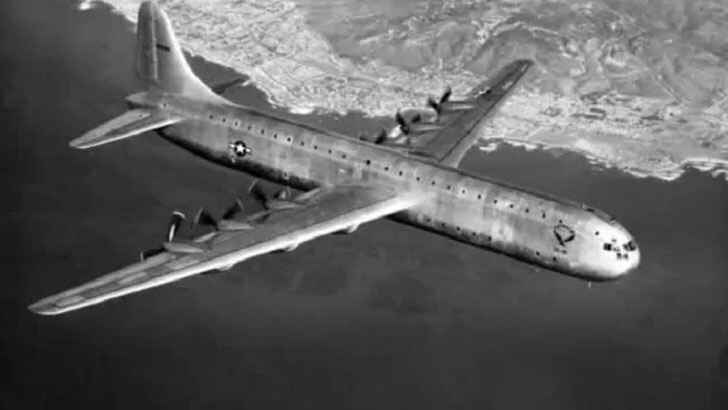
The Convair XC-99 is one of the oldest and largest military aircraft ever built. Designed with a capacity of 100,000 pounds, it could carry up to 400 soldiers across its double cargo decks. First introduced in 1947, the XC-99 was retired a decade later. It remains the largest piston-engined transport plane ever built and used in military operations.
Blohm & Voss BV 238
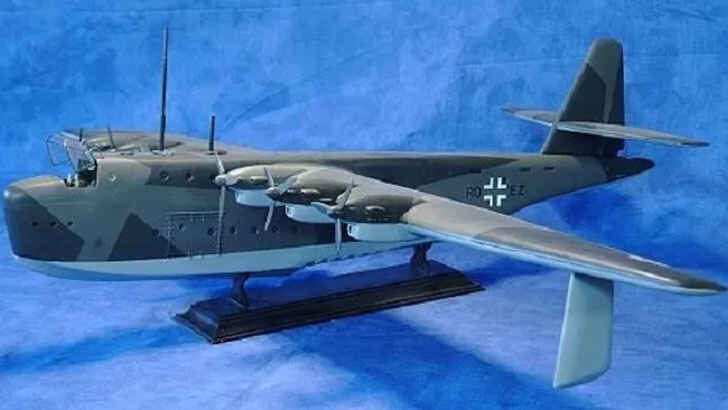
The BV 238, which was developed by the Germans during World War II, was a flying boat that held the title of being the heaviest aircraft when it was first unveiled in 1944. It was a significant feat of engineering and weighed 120,760 pounds when it was empty. Due to its complexity and resource-intensive construction, only one BV 238 was built. To date, it remains the largest aircraft ever used in warfare.
HK-1

The HK-1, popularly called the Spruce Goose, was a transatlantic transport plane that primarily used birch in its construction. Unfortunately, it was not completed in time to be utilized during World War II, and only one prototype was flown once in 1947. The manufacturers were not able to create more than one aircraft. The prototype is now displayed at the Evergreen Aviation and Space Museum for World War II enthusiasts to view.
Antonov An-124
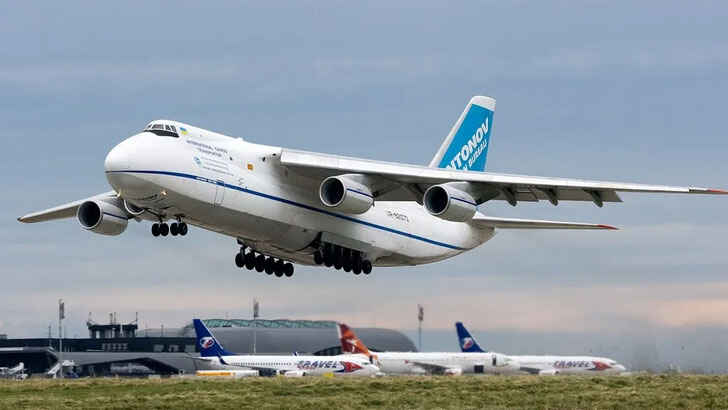
Manufactured by the Antonov Design Bureau during the 1980s, the An-124 is a 226-foot aircraft used in both commercial and military applications. Over 50 models have been produced, and they have been used worldwide. For three decades, it was the heaviest quad jet and remains the second-heaviest cargo plane in operation today.
Antonov AN-225 Mriya

The AN-225 is a cargo plane designed for airlifting that utilizes six turbofan engines for power. It is currently the largest and heaviest aircraft ever constructed. The AN-225 was originally built in the 1980s to transport the USSR’s Buran spaceplane. This aircraft can take off with a maximum weight of 640 tons and boasts the longest wingspan ever recorded.
Ilyushin II-76

During the Cold War, the Ilyushin II-76 was developed, and it remains in service today, with approximately 1,000 in use worldwide. Originally designed as a commercial freight plane, this multi-purpose aircraft was adopted by the Russian army to transport military vehicles and machinery.
Boeing C-17 Globemaster III
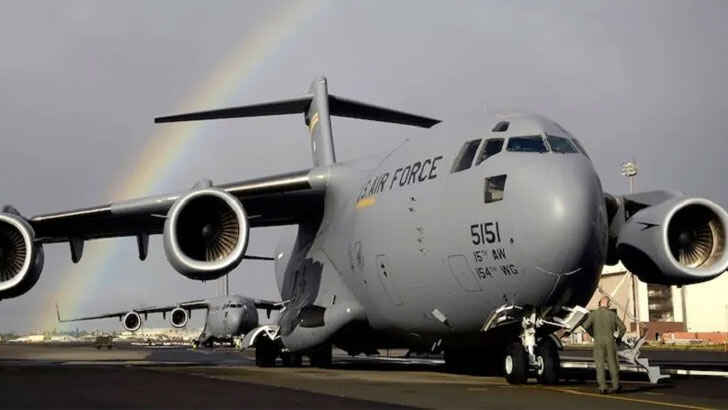
One of the largest military planes ever built is the Globemaster III. It was initially produced in 1991 and continued to be manufactured until 2015, when production was discontinued. This mighty aircraft was designed by McDonnell Douglas, and each unit had an estimated cost of around $218 million.
RG-31 Nyala
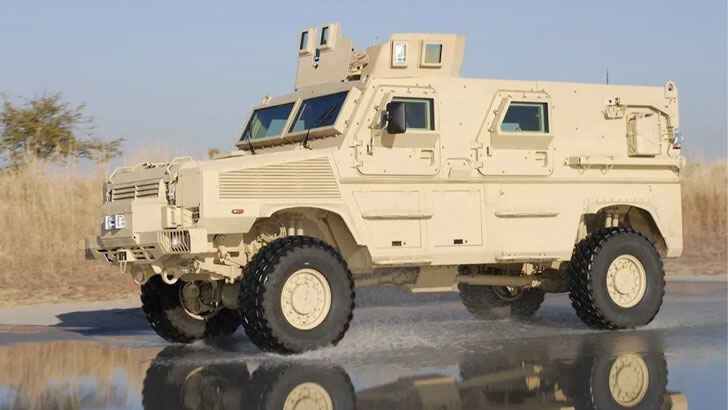
On our list of military vehicles, the RG-31 Nyala is one of the most robust. This 4×4 vehicle is heavily armored to provide protection against various threats, including small-arms fire and roadside bombs that can destroy tanks. Despite its heavy armor, the RG-31 is efficient and can transport up to nine crew members plus a driver. Its diesel engines are powerful, with the most robust model capable of generating over 400 horsepower.
LAV-25
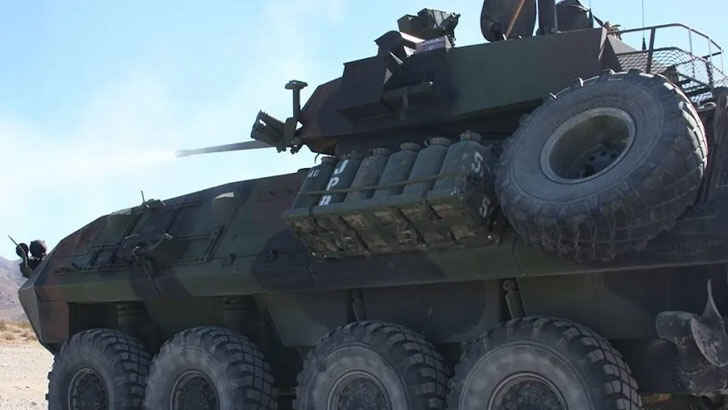
The LAV-25, also known as the Light Armored Vehicle, is a highly adaptable military vehicle. This 8×8 beast can reach speeds of up to 62 miles per hour on land, thanks to its powerful 275 horsepower engine. Not only that, but it can also travel up to six miles per hour on water, making it amphibious. The LAV-25 is armed to the teeth for combat with a M242 25mm chain gun and M240 7.62mm machine gun.
Avenger Weapon System
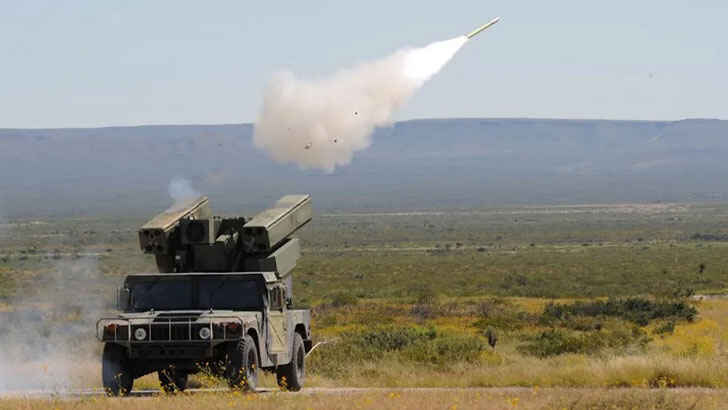
The Avenger Weapon System has long been a favored option for launching mobile attacks. More of a weapon system than a vehicle, it carries eight stinger missiles with the capability to take down a wide range of targets, from low-flying aircraft to helicopters. It has been extensively used by the US Army and a similar design has been developed by Boeing for the Egyptian armed forces.
BvS 10 Viking

The BvS 10 Viking is a military vehicle developed by the Swedish company Hägglunds in partnership with the UK Ministry of Defence. It is an updated version of the Swedish Army’s Bv 206 and has the ability to traverse both land and water. Equipped with heavy defensive armor, smoke grenade launchers, mortars, and a heavy machine gun, the BvS 10 Viking is a versatile machine suitable for deployment in various combat scenarios. It can navigate through soft, sandy, or snowy terrain with ease due to its unique configuration.
Iveco Light Multirole Vehicle
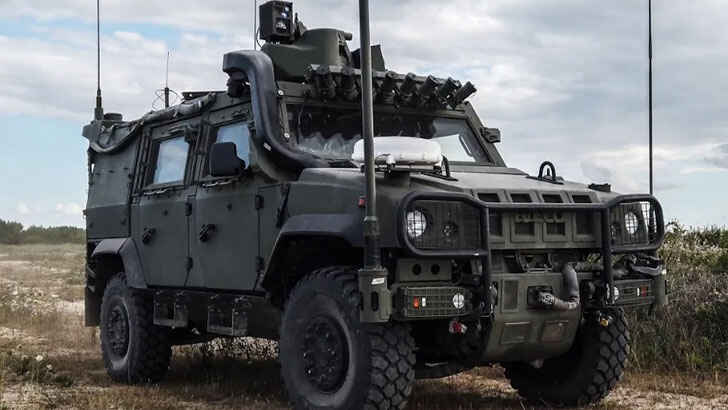
The Iveco Light Multirole Vehicle, also known as “Europe’s Humvee,” lives up to its name. This vehicle, an upgraded version of the British Panther, is built using a modular approach, making it highly adaptable. It can be equipped with a variety of weapons, including remote-controlled heavy-duty machine guns and 40mm automatic grenade launchers. The Iveco LMV also features an engine, turbocharger, and exhaust system that reduces thermal radiation and makes it less susceptible to heat-seeking missiles.
LGS Fennek

The Fennek, or Leichter Gepanzerter Spähwagen (Light Armored Reconnaissance Vehicle), is a joint creation of Germany’s Krauss-Maffei Wegmann and Dutch Defence Vehicle Systems. The vehicle’s name comes from the fennec fox, reflecting its swift and stealthy qualities. The Fennek is optimized for reconnaissance missions and is equipped with an observation system mounted on a telescopic mast, a high-resolution camera, and a laser range finder that enables the crew to precisely target objects hundreds of kilometers away for an airstrike.
Nurol Makina NMS 4×4
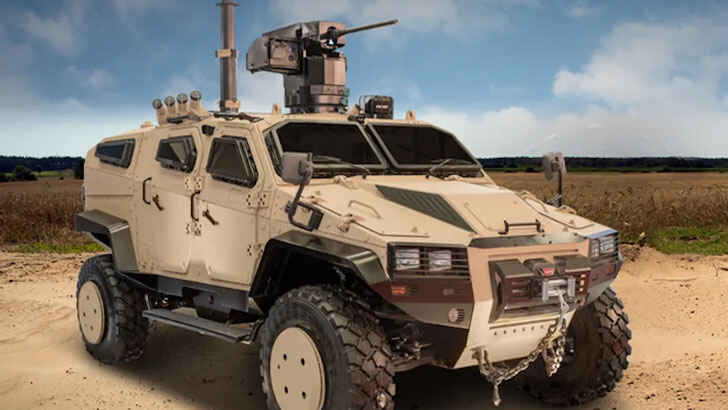
The Nurol Makina NMS 4×4, a Turkish vehicle, boasts a 300 hp engine that enables it to swiftly traverse treacherous terrain at a maximum speed of 140 km/hr. It offers the flexibility to adapt to diverse operational demands while ensuring the safety of its occupants with a V-shaped monocoque body that can withstand most mines or IEDs, providing reassurance that they will be able to complete insurance paperwork if needed.
Aardvark JSFU Mark 4
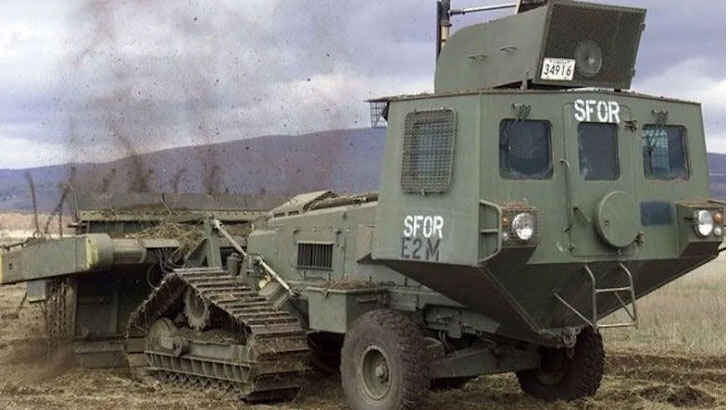
The Aardvark JSFU Mark 4 is a military vehicle with a unique purpose: instead of combat, it is designed for active defense against landmines. Equipped with a flailing system, the vehicle uses a roller that spins large chains at high speed, while a plow-like structure and an armored cabin protect the driver and crew member responsible for operating the flailing system and electronic depth-contouring system. The Aardvark has been used by both military and humanitarian organizations to clear landmines around the world. It has been deployed by British and American forces for landmine clearance in Afghanistan and Iraq, among other places.
MPV-1 APC
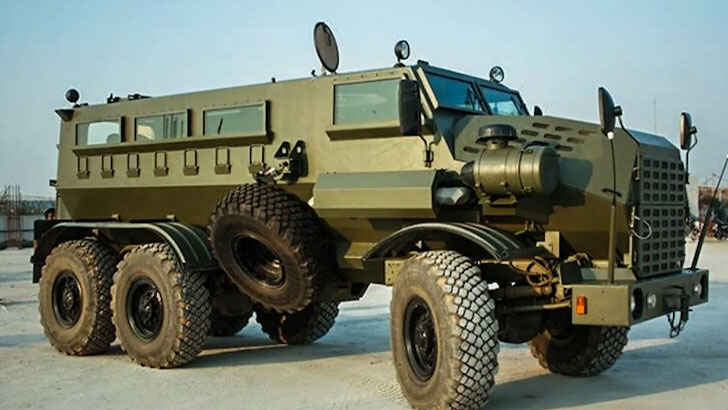
Developed in collaboration with BAE Systems of Britain, the MPV-1 APC was created for use in India starting from 2010. As its name suggests, the Mine Protected Vehicle (MPV) offers robust armor to protect against landmines and ballistic threats while remaining a low-cost option. While its weapon options are limited as the vehicle is mainly used for defense, the MPV is capable of carrying up to 42 soldiers, making it an appealing option for troop transport.
Desert Patrol Vehicle
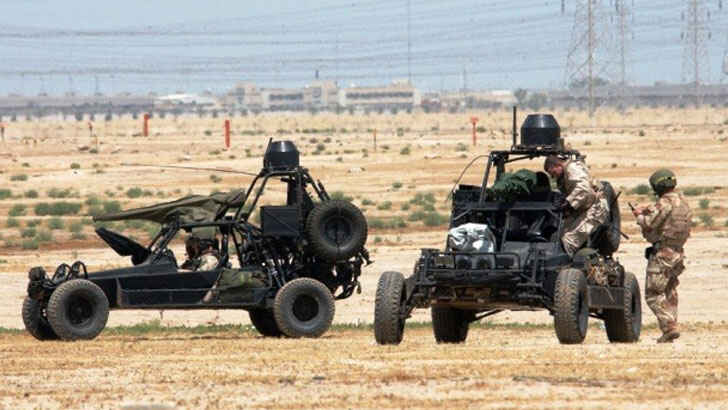
The Desert Patrol Vehicle, formerly known as the Fast Attack Vehicle, is a sandrail-like vehicle that boasts high-speed and light armor. It first saw combat during the Gulf War in 1991 and played a vital role in Operation Desert Storm, with a maximum speed of over 60 mph (almost 100 km/h).
TPz Fuchs
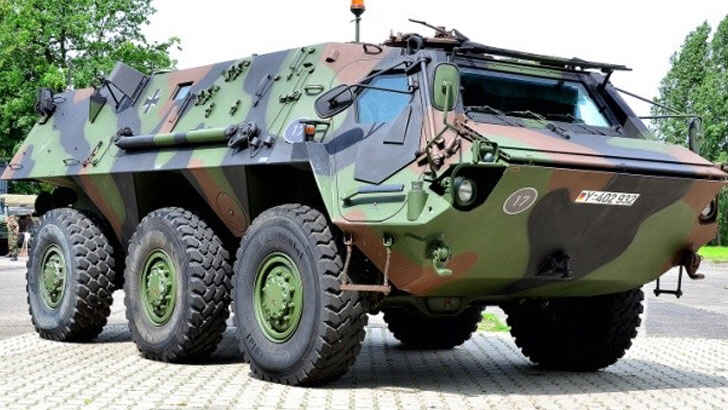
The TPz Fuchs, an armored amphibious personnel carrier, has been in production in Germany since 1979 and is currently used by several countries, including the German Army, Saudi Arabia, the Netherlands, the United States, and Venezuela. The vehicle is a versatile platform used for various tasks, such as troop transport, engineer transport, bomb disposal, NBC (Nuclear, Biological, and Chemical) reconnaissance, and electronic warfare.
9T29 Luna-M Transporter
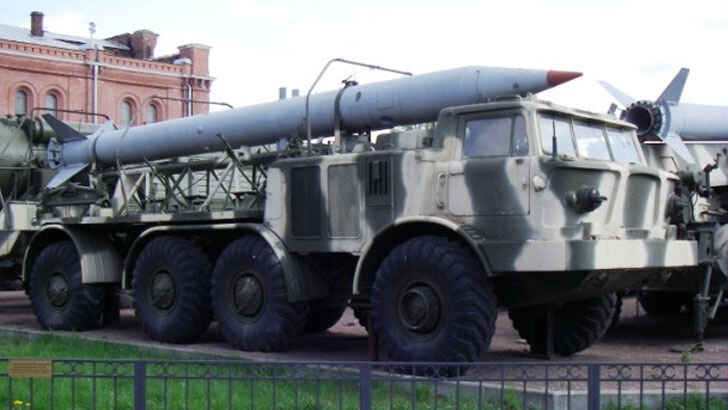
The 9T29 Luna-M Transporter is a heavy armored truck manufactured in Russia for the purpose of transporting the 9T29 Luna-M, a Russian short-range artillery rocket system. This 8-wheeled military vehicle serves as both a transport and self-propelled artillery truck, and was widely exported to communist countries during the Cold War era.
Heavy Expanded Mobility Tactical Truck
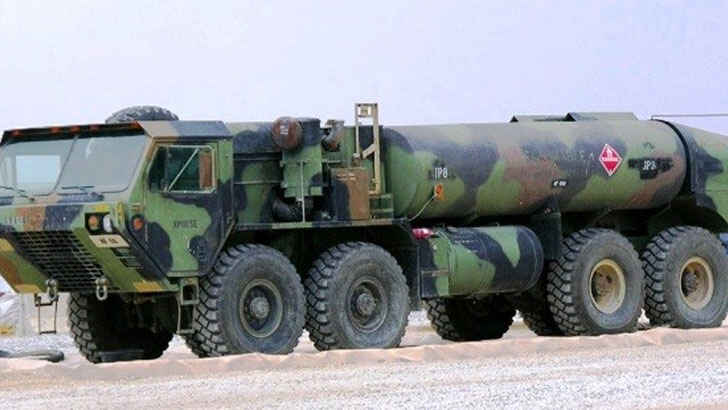
The US military employs the HEMTT, an off-road capable truck with eight-wheel drive and diesel-powered engine. Oshkosh Corporation, an American industrial company specializing in the design and construction of specialty trucks, military vehicles and truck bodies, produces a 10×10 variant of the HEMTT.
Vespa 150 TAP
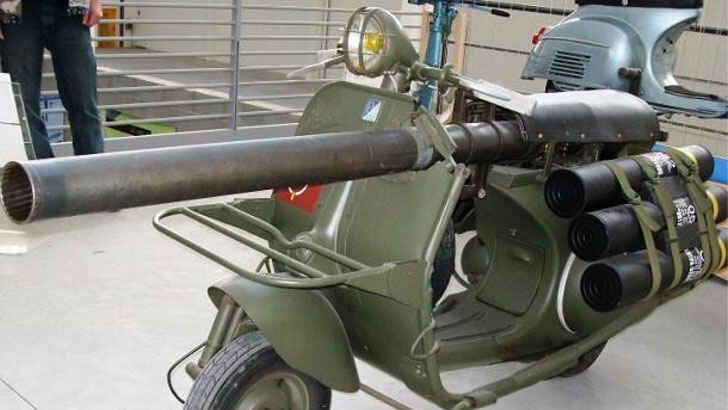
The Vespa 150 TAP, produced in the 1950s by French vehicle manufacturer Ateliers de Construction de Motocycles et Automobiles, is a scooter that has been modified for use with paratroopers. It is outfitted with an M20 75 mm recoilless rifle, which is a lightweight anti-armor cannon. To transport ammunition, the scooter is accompanied by another motorbike.
ZIL Personnel Carrier
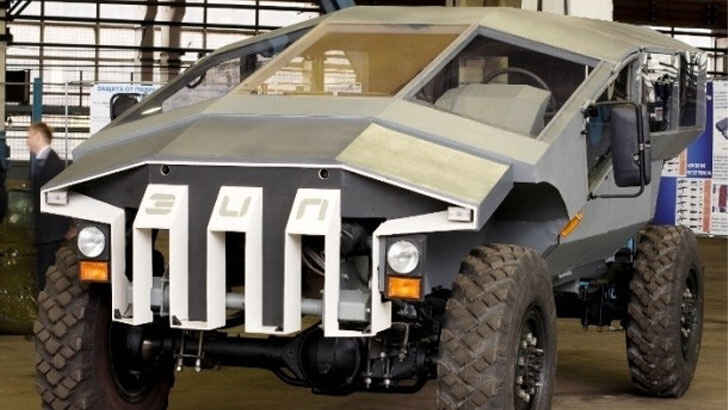
The ZIL Personnel Carrier, commissioned by the Russian Army, is a robust, armored tractor produced by ZIL, a prominent manufacturer of automobiles, trucks, military vehicles, and heavy equipment in Russia. This state-of-the-art 4×4 vehicle boasts a sleek design and is powered by a Cummins inline-4 diesel engine, delivering 183 horsepower. It has the capacity to carry up to 10 soldiers.
ULTRA AP
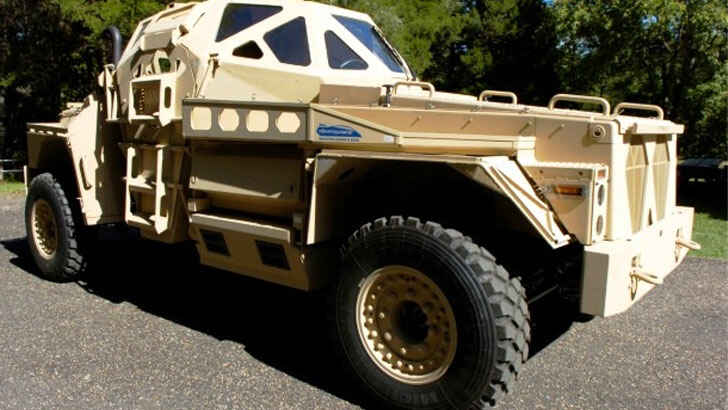
The ULTRA AP, a conceptual combat vehicle, was introduced in 2005 by the Georgia Tech Research Institute. This vehicle showcases several remarkable features such as state-of-the-art bullet-resistant glass, the latest lightweight armor technology, cutting-edge NASCAR car technology, outstanding fuel efficiency (six times higher than a Humvee), and more.
BTR-60

The BTR-60 is a Russian amphibious armored personnel carrier that has been in service since 1959. It was developed in the late 1950s as a replacement for the BTR-152 and is equipped with eight wheels. The vehicle can reach speeds of up to 50 mph (80 km/h) on land and 6 mph (10 km/h) in water. It has the capacity to carry up to 17 passengers and is heavily armored.
Denel D6
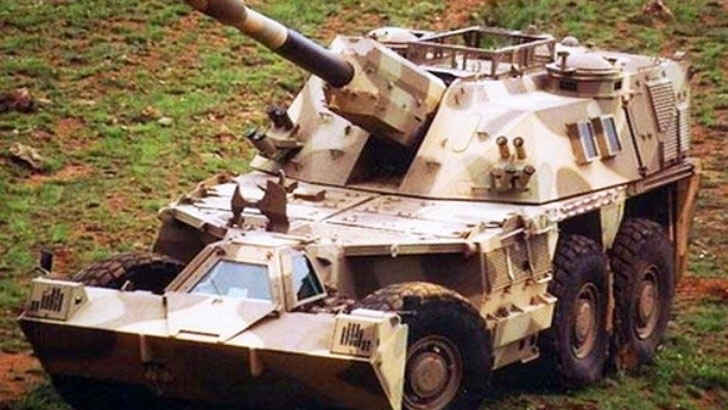
The Denel D6 is an armored self-propelled artillery vehicle that is equipped with a massive cannon and manufactured by Denel SOC Ltd, a South African state-owned conglomerate specializing in aerospace and defense technology. With its heavy armor and robust construction, this six-wheeled vehicle is capable of driving through some of the most extreme terrains.
SdKfz 2

The SdKfz 2, also referred to as the Kleines Kettenkraftrad HK 101 or Kettenkrad, is a World War II-era light half-track gun tractor that was manufactured and used by Nazi Germany. With a capacity for one driver and two passengers and a maximum speed of 44 mph (70 km/h), this bike-like tractor was the lightest German military vehicle to be mass-produced.
More From Auto Overload
-
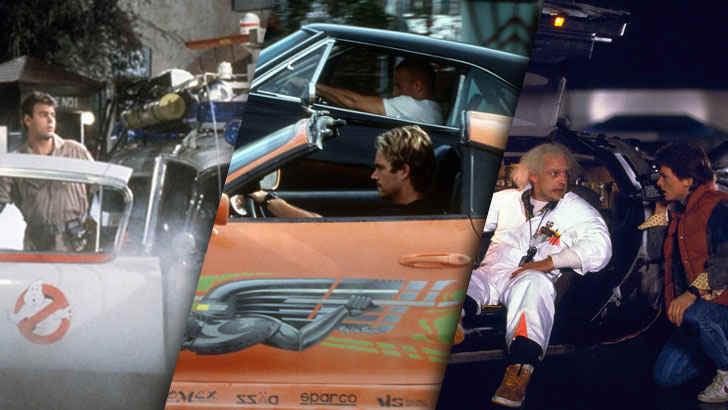

Most Iconic Movie Cars Of All Time
-


50 Uncool Things Boomers Won’t Give Up
-


Greatest Moments Throughout Sports History
-


The Most Unique People in the World
-


Celebrities With A Insane Net Worth
-


The Biggest Planes In History!
-


Hidden Meanings in Brand Logos
-


Vintage Photographs Of Old Las Vegas
-


Wonderous Nature Photos
-


Can You Pass This National Capitals Quiz?
-


The Amazing Attractions of Dubai
-


Food Your Ancestors Actually Ate

